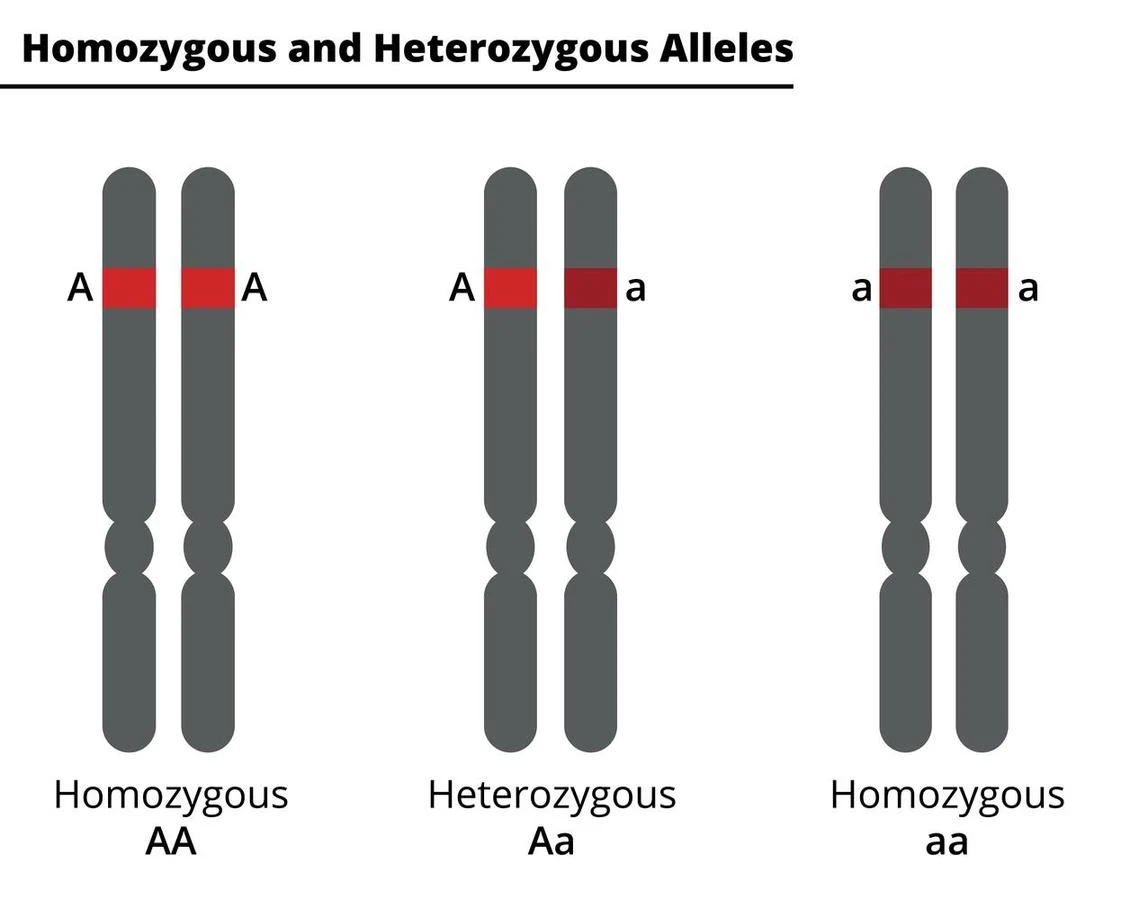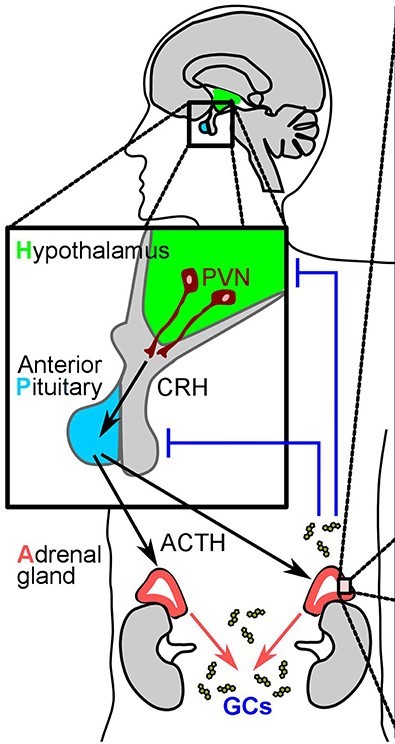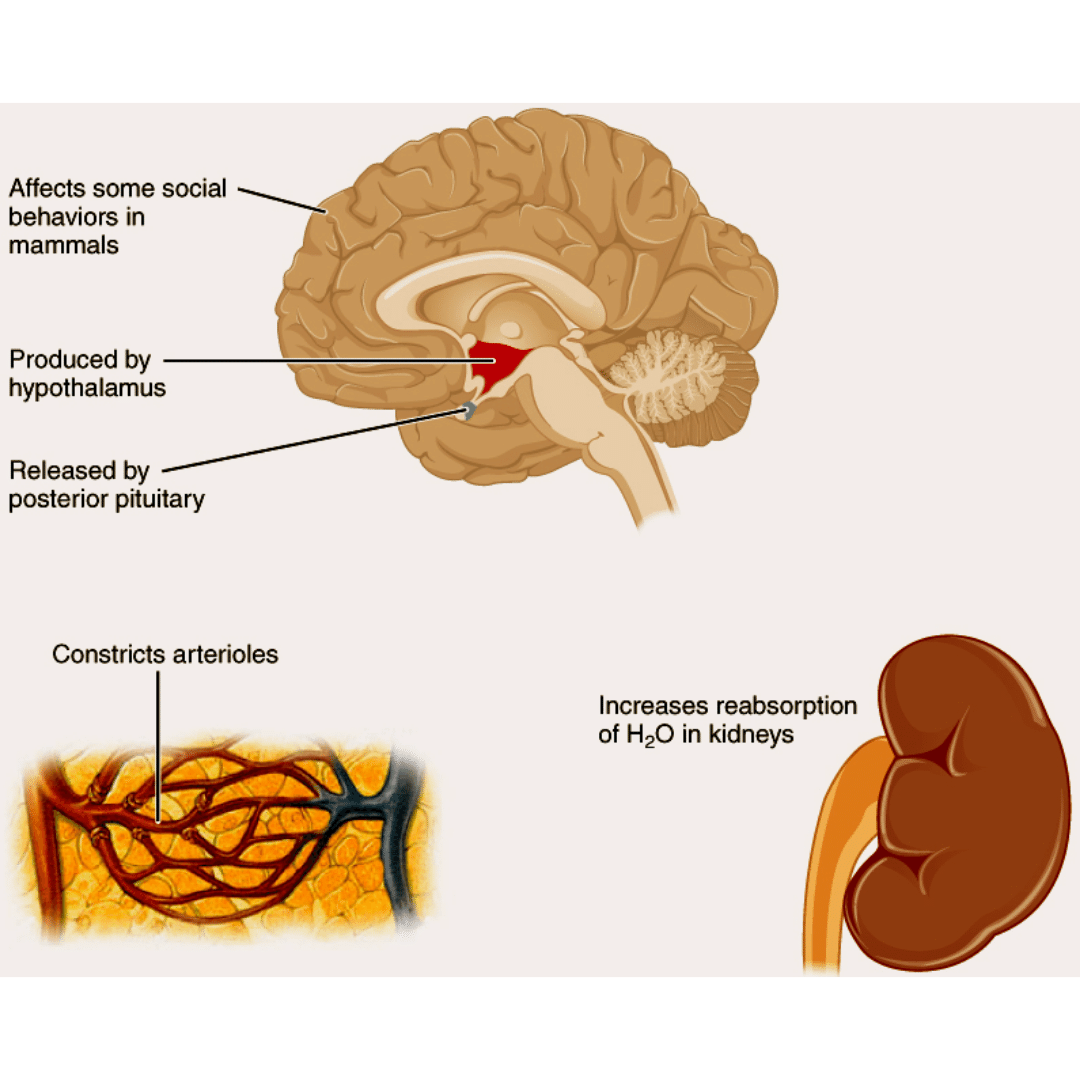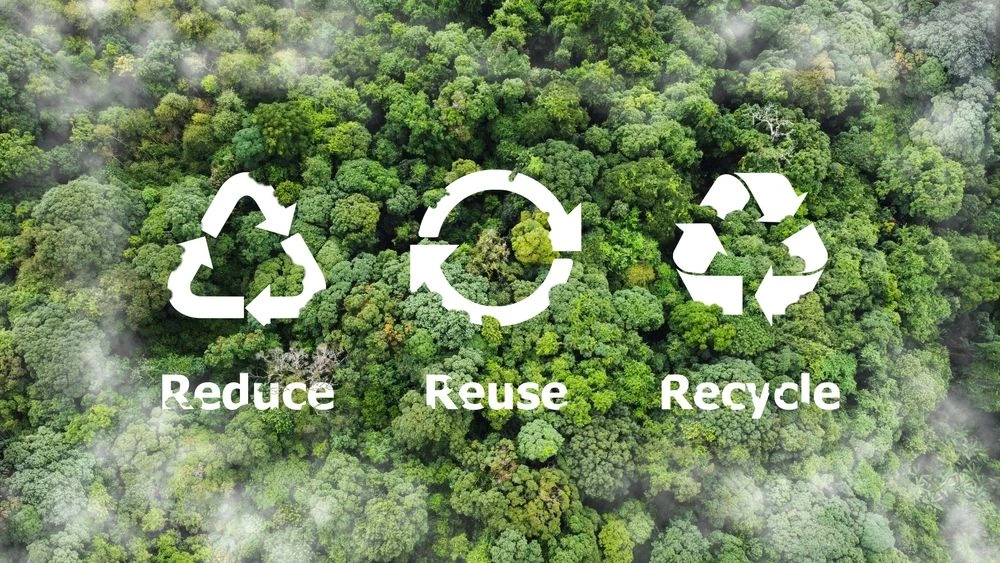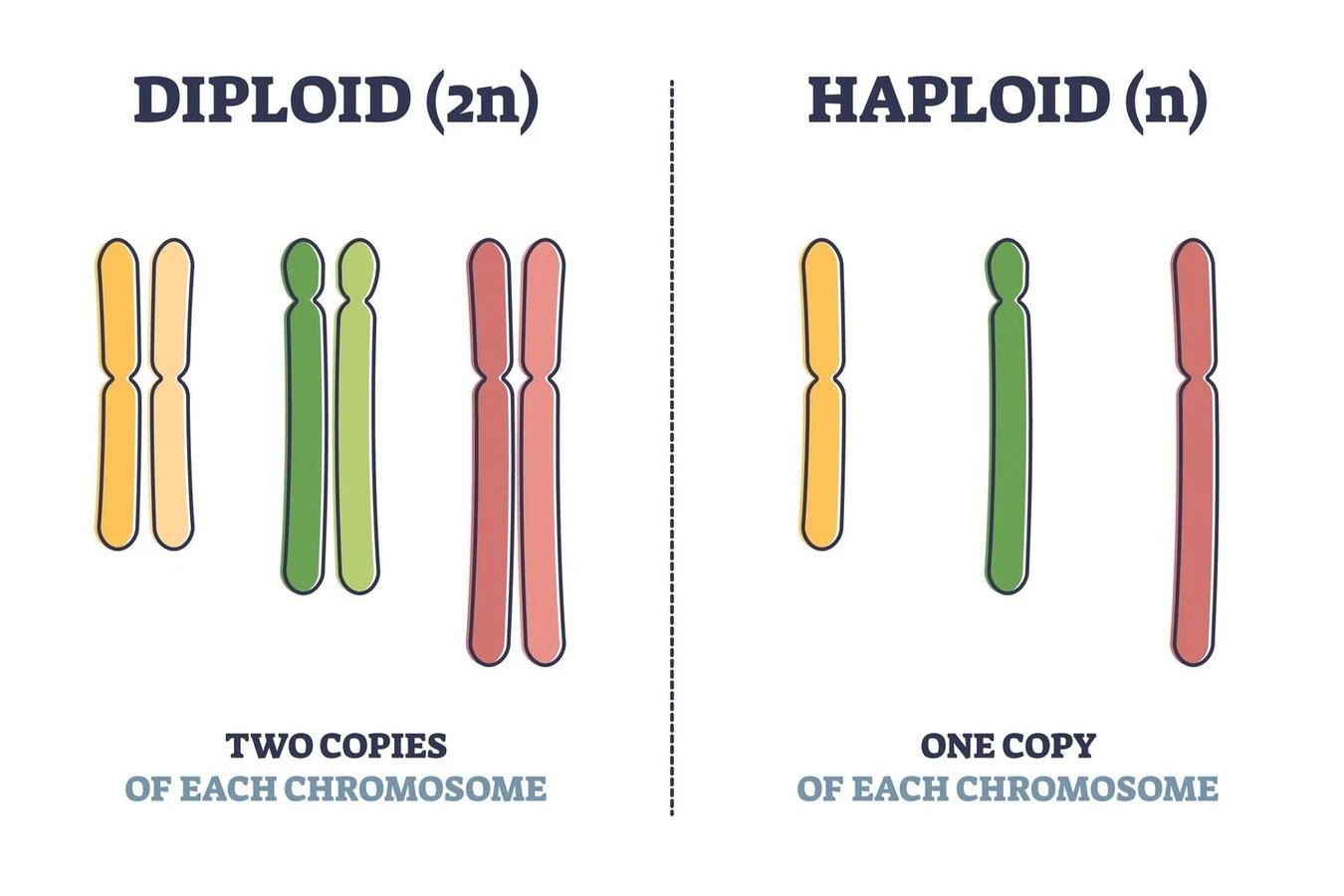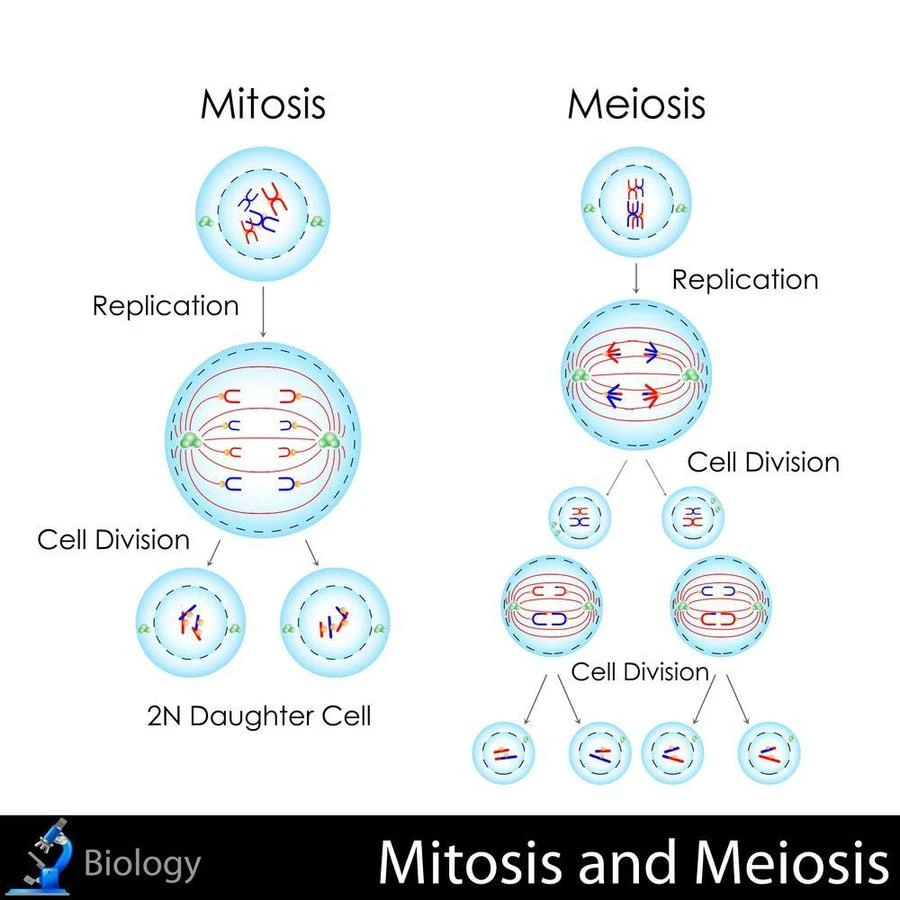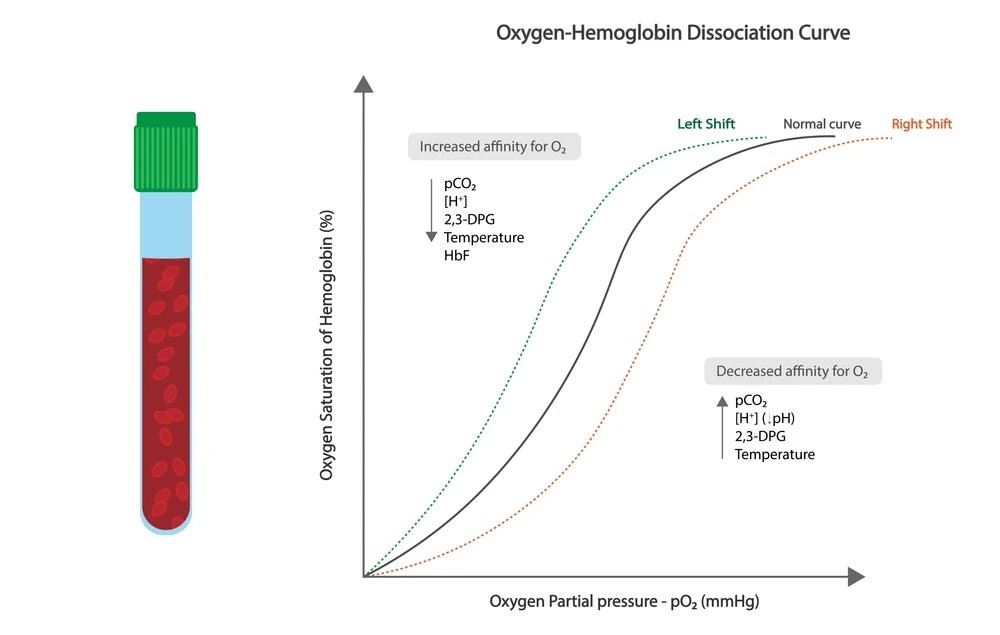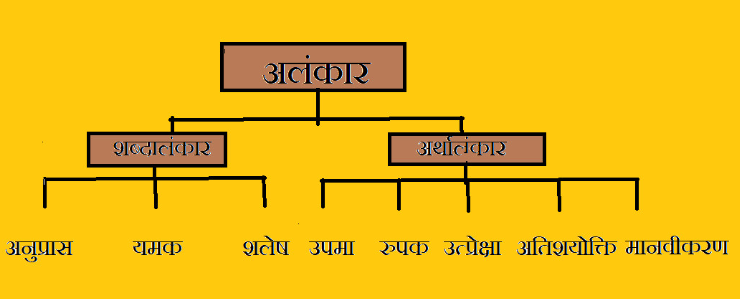संज्ञा या सर्वनाम के जिस रूप से वाक्य का सम्बन्ध किसी दूसरे शब्द के साथ जाना जाए, उसे कारक कहते हैं। कारक का सीधा सम्बन्ध क्रिया से ही होता है। किसी कार्य को करने वाला कारक यानि जो भी क्रिया को करने में मुख्य भूमिका निभाता है, वह कारक कहलाता है।
कारक को प्रकट करने के लिए संज्ञा और सर्वनाम के साथ जो चिन्ह लगाये जाते हैं, उन्हें विभक्तियाँ कहते हैं।
जैसे –पेड़ पर फल लगते हैं। इसमें ‘पर’ विभक्ति है।

कारक और उनकी विभक्तियाँ इस प्रकार है
कारक विभक्तियाँ
कर्ता ने
कर्म को
करण से, द्वारा
सम्प्रदान को, के लिये, हेतु
अपादान से {अलग होने के अर्थ में}
सम्बन्ध का, की, के, रा, री, रे
अधिकरण में, पर
सम्बोधन हे! अरे! ऐ! ओ! हाय!
1.कर्ता कारक
संज्ञा या सर्वनाम के जिस रूप से क्रिया के करने वाले का बोध हो, उसे कर्ता कारक कहते हैं। इसका चिन्ह ’ने’ कभी कर्ता के साथ लगता है, और कभी वाक्य में नहीं होता है अर्थात लुप्त होता है।
उदाहरण
1. रमेश ने पुस्तक पढ़ी।
इसमें ‘ने’कर्ता कारक की विभक्ति है।
2.सुनील खेलता है।
इसमें कर्ता कारक की विभक्ति लुप्त है।
2.कर्म कारक
संज्ञा या सर्वनाम के जिस रूप पर क्रिया का प्रभाव या फल पङे, उसे कर्म कारक कहते हैं। कर्म के साथ ’को’ विभक्ति आती है। इसकी यही सबसे बड़ी पहचान होती है। कभी-कभी वाक्यों में ’को’ विभक्ति का लोप भी होता है।
उदाहरण
1.उसने सुनील को पढ़ाया ।
इसमें ‘को’ विभक्ति का प्रयोग किया गया है, इसलिए यह कर्म कारक है।
2.मोहन ने चोर को पकड़ा।
इसमें ने विभक्ति का प्रयोग भी है लेकिन इसमें क्रिया का प्रभाव ‘को’ विभक्ति पर है, इसलिए यह कर्म कारक है।
3.करण कारक
जिस साधन से अथवा जिसके द्वारा क्रिया पूरी की जाती है, उस संज्ञा को करण कारक कहते हैं। इसकी विभक्ति ’से’ अथवा ’द्वारा’ है।
उदाहरण
1.रहीम गेंद से खेलता है।
इसमें ‘से’ विभक्ति का प्रयोग किया गया है, इसलिए यह करण कारक है।
2.आदमी चोर को लाठी द्वारा मारता है।यहाँ ‘द्वारा विभक्ति का प्रयोग किया गया है, इसलिए यह करण कारक है।
4.सम्प्रदान कारक
जिसके लिए क्रिया की जाती है, उसे सम्प्रदान कारक कहते हैं। इसमें कर्म कारक ’को’ भी प्रयुक्त होता है, किन्तु उसका अर्थ ’के लिये’ होता है।
उदाहरण
1.सुनील रवि के लिए गेंद लाता है।
यहाँ ‘के लिए’ विभक्ति का प्रयोग किया गया है, इसलिए यह संप्रदान कारक है।
2.हम पढ़ने के लिए स्कूल जाते हैं। यहाँ पर ‘के लिए’ विभक्ति का प्रयोग किया गया है, इसलिए यह संप्रदान कारक है।
5.अपादान कारक
अपादान का अर्थ है- अलग होना। जिस संज्ञा अथवा सर्वनाम से किसी वस्तु का अलग होना मालूम चलता हो, उसे अपादान कारक कहते हैं। करण कारक की तरह अपादान कारक का चिन्ह भी ’से’ है, परन्तु करण कारक में इसका अर्थ सहायता होता है और अपादान में अलग होना होता है।
उदाहरण
1. हिमालय से गंगा निकलती है।
यहाँ पर गंगा को हिमालय से अलग करने के लिए ‘से’ विभक्ति का प्रयोग किया गया है, इसलिए यह अपादान कारक है।
2. वृक्ष से पत्ता गिरता है।
यहाँ पर भी पत्ते को वृक्ष से अलग करने के लिए ‘से’ विभक्ति का प्रयोग किया गया है, इसलिए यह अपादान कारक है।
6.सम्बन्ध कारक
संज्ञा अथवा सर्वनाम के जिस रूप से एक वस्तु का सम्बन्ध दूसरी वस्तु से जाना जाए, उसे सम्बन्ध कारक कहते हैं। इसकी मुख्य पहचान है – ’का’, ’की’, के।
उदाहरण
1. राहुल की किताब मेज पर है।
राहुल का संबंध किताब से बताने के लिए ‘की’ विभक्ति का प्रयोग किया गया है, इसलिए यह संबंध कारक है।
2. सुनीता का घर दूर है।
सुनीता का संबंध घर से बताने के लिए ‘का’ विभक्ति का प्रयोग किया गया है, इसलिए यह संबंध कारक है।
7.अधिकरण कारक
संज्ञा के जिस रूप से क्रिया के आधार का बोध होता है, उसे अधिकरण कारक कहते हैं। इसकी मुख्य पहचान ’में’, ’पर’ होती है ।
उदाहरण
1.घर पर माँ है।
यहाँ ‘पर’ विभक्ति का प्रयोग किया गया है, इसलिए यह अधिकरण कारक है।
2.घोंसले में चिङिया है।
यहाँ पर ‘में’ विभक्ति का प्रयोग घोंसले का आधार बताने के लिए किया गया है इसलिए यह अधिकरण कारक है।
8.सम्बोधन कारक
संज्ञा या सर्वनाम के जिस रूप से किसी को पुकारने तथा सावधान करने का बोध हो, उसे सम्बोधन कारक कहते हैं। इसका सम्बन्ध न क्रिया से और न किसी दूसरे शब्द से होता है। यह वाक्य से अलग रहता है। इसका कोई कारक चिन्ह भी नहीं है।
उदाहरण
1.खबरदार ! रीना को मत मारो।
यहाँ पर किसी को सावधान किया गया है, इसलिए यह संबोधन कारक है।
2.लड़के! जरा इधर आ।
यहाँ पर किसी को पुकारने का कार्य किया गया है, इसलिए यह संबोधन कारक है।
अधिकतर पूछें गए प्रश्न–:
1. ’मछली पानी में रहती है’ इस वाक्य में किस कारक का चिह्न प्रयुक्त हुआ है?
उत्तर : अधिकरण। यहाँ पर मछली के रहने के आधार का बोध ‘में’ विभक्ति के द्वारा किया गया है, इसलिए यह अधिकरण कारण है।
2. किस कारक में किसी भी विभक्ति का प्रयोग नहीं होता?
उत्तर: संबोधन कारक में किसी भी विभक्ति का प्रयोग नहीं होता। इसमें किसी को पुकारने या सावधान करने का कार्य किया जाता है।
3. हिंदी व्याकरण में कितने कारक होते है?
उत्तर: हिंदी व्याकरण में आठ कारक होते है।
4.अपादान कारक की पहचान क्या है?
उत्तर:अपादान का अर्थ है- अलग होना। जिस संज्ञा अथवा सर्वनाम से किसी वस्तु का अलग होना मालूम चलता हो, उसे अपादान कारक कहते हैं।
5. करण कारक में कौन सी विभक्तियों का प्रयोग किया जाता है?
उत्तर: करण कारक में ‘से’ या ‘द्वारा’ विभक्तियों का प्रयोग किया जाता है।
